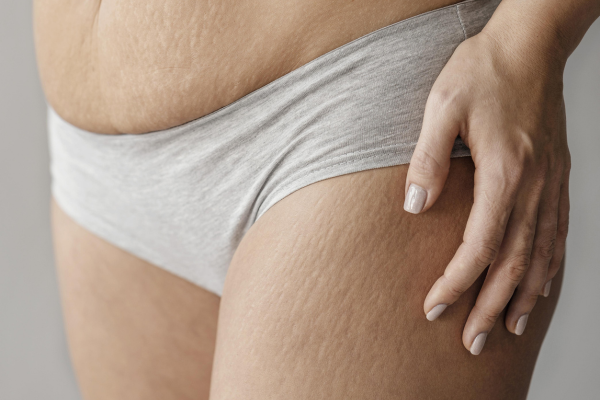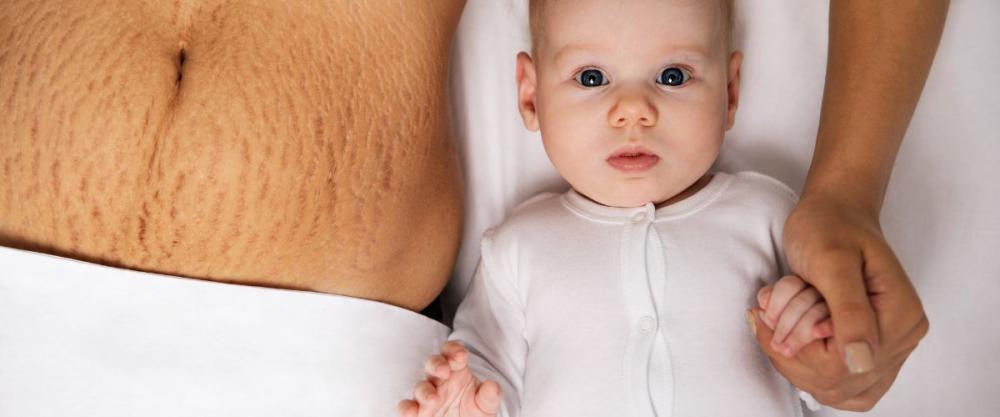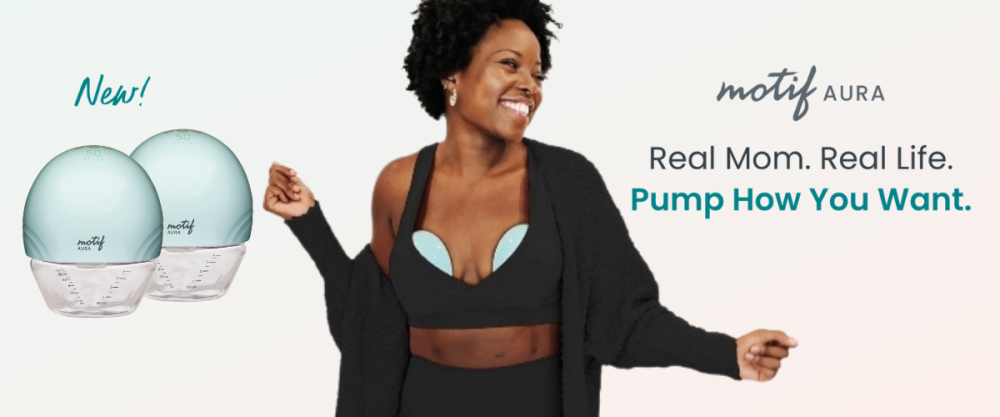Breast Milk and Its Many Uses
Breast milk and its versatile uses beyond nutrition for the baby is both a historical and cultural phenomenon. It’s well-known for its antimicrobial and pro-healing benefits, from nipple trauma relief to mild ear infection treatments.
“Human breast milk (HBM) is perhaps the most important functional food known. It is a dynamic food with both nutritional and health benefits for neonates and infants. Human milk has powerful immunological properties, protecting infants from respiratory diseases, middle ear infections, and gastro-intestinal diseases.”
But can it help with scar tissue and the elasticity of the skin in regards to stretch marks?
About Stretch Marks
Important points to first point out about stretch marks are that, for one, stretch marks are a natural occurrence, and are essentially harmless, and secondly, there are many variables that play a role in whether or not one might experience stretch marks. Stretch marks typically occur after a rapid change in weight or other means of stretching the skin, such as muscle-building, and in a more relevant case, a growing baby and then later breasts swelling with milk.


In many cases for women, it’s a combination of these variables. Genetic predispositions also determine the likelihood stretch marks may happen with the changes happening in the body. The body you have will change throughout your entire life, and there’s a reason we have a saying for “earning your stripes.” It shows what life you have experienced and what our bodies are capable of- don’t be ashamed to embrace them!
Scar tissue can be more sensitive and more prone to sunburns and damage, so whether or not we want to reduce their appearance, it is not a bad idea to give our stripes some love. Moisture and skin-enriching nutrients seem to be a great place to start… and we know a powerful substance with both capabilities. Breast milk.
Therapeutic Topical Breast Milk Application
So while we do not have many quality studies on the effectiveness, duration, potency or overarching benefits, it's understood enough to say that utilizing breast milk topically is perfectly safe. Breast milk has been approved by dermatologists and other medical professionals, for most, if not all, skin conditions. Milk baths, soaps, balms, mixing with skin care, and direct application have all been utilized.
Another pro to topical breast milk application and products is an opportunity to use any milk stored in excess, or for those occasions where milk has been kept just past the expiration of safe storage range for ingesting/drinking (i.e. 4-5 days in the refrigerator.)
Topical Uses of Breast Milk
Eczema, Infant Eczema
Infant Acne
Diaper Rash
Cradle Cap
Dry Skin
Eye Infections*
Ear Infections*
Nipple Trauma, i.e. cracking, scabbed
Stretch Marks
Acne
Styes and Eye Infections*
Mixing into skin care products, such as body lotion and clay face masks
*Breast milk may be contraindicated to use with certain strains of infection.
The bioavailability of nutrients found in breast milk means that the absorption of said nutrients is designed for maximum potential of absorption and usability. Healthy skin will hold on to elasticity better and heal where needed an improved rate. A great reminder: our skin is the largest organ, and absolutely absorbs many nutrients (and chemicals) on a daily basis. Better to make it something good!
- Witkowska-Zimny M, Kamińska-El-Hassan E, Wróbel E. Milk Therapy: Unexpected Uses for Human Breast Milk. Nutrients. 2019;11(5):944. Published 2019 Apr 26. doi:10.3390/nu11050944
https://www.ncbi.nlm.nih.gov/pmc/articles/PMC6567207/ - Farahani L.A., Ghobadzadeh M., Yousefi P. Comparison of the effect of human milk and topical hydrocortisone 1% on diaper dermatitis. Pediatr. Dermatol. 2013;30:725–729. doi: 10.1111/pde.12118.
- Berents T.L., Rønnevig J., Søyland E., Gaustad P., Nylander G., Løland B.F. Topical treatment with fresh human milk versus emollient on atopic eczema spots in young children: A small, randomized, split body, controlled, blinded pilot study. BMC Dermatol. 2015;15:7. doi: 10.1186/s12895-015-0027-9.
Information provided in blogs should not be used as a substitute for medical care or consultation.







